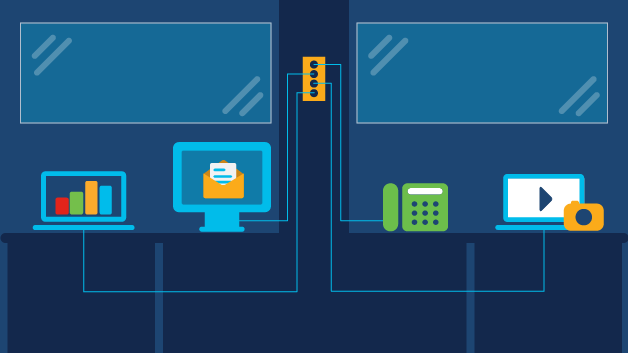How do copper and fiber cable compare?
Today, Category 5e (Cat 5e) copper cable is the type of cable used in most network installations. Fiber optic cable is often perceived to be more expensive and a bit of overkill. Yet the balance may be shifting from copper to fiber as applications and devices demand more and more bandwidth.
Cost aside, fiber has many advantages over copper. Cat 5e cable can transmit at only up to 1 Gbps over 300 feet, while fiber optic cable can transmit at up to 10 Gbps over 12 miles. Copper cable is also heavier and bulkier, susceptible to electromagnetic interference, and vulnerable to tapping. And it has a shorter lifespan.
